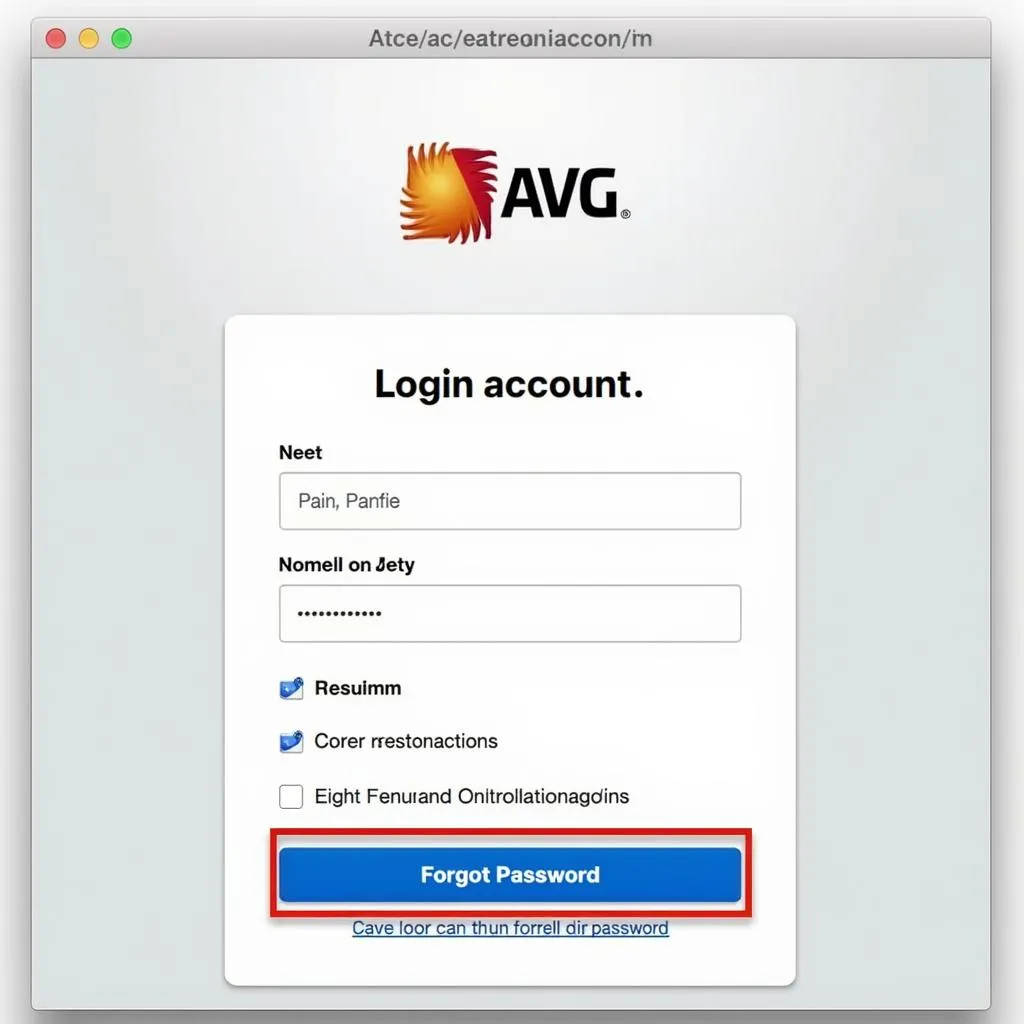The brake pad warning light on your Ford Transit Custom is a crucial safety feature, illuminating when the brake pads wear down and require replacement. Ignoring this light can lead to reduced braking performance and potentially dangerous driving conditions.
This comprehensive guide will delve into the common causes of the Transit Custom brake pad warning light, how to diagnose the issue, and potential solutions.
Understanding Your Transit Custom’s Brake System
Your Transit Custom uses a hydraulic braking system with disc brakes on all four wheels. When you press the brake pedal, brake fluid transmits pressure to the calipers, pushing the brake pads against the brake rotors to slow or stop the vehicle.
Common Causes of the Brake Pad Warning Light
While worn brake pads are the most common culprit, several other factors can trigger the warning light on your Transit Custom:
- Worn Brake Pads: Brake pads have wear indicators designed to contact the rotor and trigger the warning light when they reach a certain thickness.
- Faulty Brake Pad Sensor: The sensor itself can malfunction due to damage, corrosion, or electrical issues.
- Low Brake Fluid: Low brake fluid level, often caused by a leak, can trigger the brake pad warning light as it may indicate a problem within the hydraulic system.
- Worn Brake Rotors: Excessively worn or damaged rotors can interfere with the brake pad sensors, causing the light to illuminate.
- Electrical Issues: Wiring problems or a faulty dashboard warning light can also trigger the warning light, even if the brake pads are in good condition.
Diagnosing the Problem
If your Transit Custom’s brake pad warning light illuminates, it’s crucial to diagnose the root cause promptly:
- Check the Brake Pads: Visually inspect the brake pads through the wheel spokes. If the pad material is less than ¼ inch thick, they likely need replacement.
- Inspect the Brake Pad Sensors: Check the sensors for any signs of damage, such as cuts, fraying, or corrosion. Ensure they are properly connected.
- Examine the Brake Fluid Level: Locate the brake fluid reservoir and check the fluid level. If it’s below the minimum mark, there may be a leak in the system.
- Consult a Professional: If you are uncomfortable performing these checks or suspect a more complex issue, it’s best to consult a qualified mechanic specializing in Ford vehicles.
Solutions for a Transit Custom Brake Pad Warning Light
The solution to your brake pad warning light depends on the diagnosed problem:
- Brake Pad Replacement: If the brake pads are worn, they need replacement. Consider replacing the pads on both wheels on the same axle for even braking performance.
- Brake Sensor Replacement: A faulty brake pad sensor will need replacement. This typically involves disconnecting the old sensor, installing a new one, and connecting it to the wiring harness.
- Brake Fluid Top Up or Leak Repair: If the brake fluid level is low, top it up to the recommended level. If the level drops again quickly, there’s likely a leak in the system requiring immediate attention from a mechanic.
- Brake Rotor Resurfacing or Replacement: If the rotors are worn beyond a certain limit, they may need resurfacing or replacement.
Remote Diagnostics and Programming for Ford Vehicles
Advancements in automotive technology now allow for remote diagnostics and programming of vehicle systems, including brakes. This service involves connecting your Transit Custom to a remote computer, allowing technicians to:
- Retrieve diagnostic trouble codes to pinpoint issues with the brake system.
- Analyze real-time data from various sensors to assess brake system health.
- Program new brake components, such as sensors, ensuring they function correctly with the vehicle’s computer system.
This technology offers a convenient and efficient way to diagnose and resolve brake-related issues, often without requiring a physical visit to a workshop.
Conclusion
Addressing the brake pad warning light on your Ford Transit Custom is crucial for your safety and the longevity of your vehicle. By understanding the common causes, taking proactive steps for diagnosis, and seeking professional assistance when needed, you can ensure optimal braking performance and peace of mind on the road.
FAQs
Q: How long can I drive with the brake pad warning light on?
A: It’s not recommended to drive with the warning light on. The distance you can cover varies depending on driving conditions and brake pad wear. Seek immediate inspection to avoid potential risks.
Q: Can I replace the brake pads myself?
A: Replacing brake pads requires mechanical skills and knowledge. If you’re comfortable with car maintenance, you can find guides online. However, it’s advisable to have a professional handle it to ensure safety and proper installation.
Q: How often should I replace my brake pads?
A: Brake pad lifespan varies depending on driving habits and conditions. Generally, they need replacement between 30,000 and 70,000 miles. Regular inspections are crucial to assess wear and tear.
Q: What’s the difference between the brake pad warning light and the parking brake light?
A: The brake pad warning light indicates worn pads or issues with the braking system. The parking brake light illuminates when the parking brake is engaged. They serve distinct purposes.

